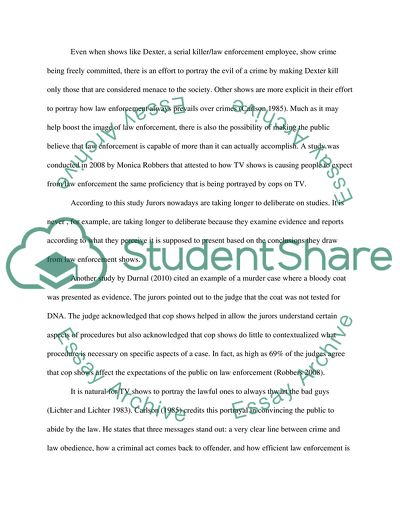Cite this document
(“Policing and the media (literature reveiw) Research Paper”, n.d.)
Policing and the media (literature reveiw) Research Paper. Retrieved from https://studentshare.org/miscellaneous/1579605-policing-and-the-media-literature-reveiw
Policing and the media (literature reveiw) Research Paper. Retrieved from https://studentshare.org/miscellaneous/1579605-policing-and-the-media-literature-reveiw
(Policing and the Media (literature Reveiw) Research Paper)
Policing and the Media (literature Reveiw) Research Paper. https://studentshare.org/miscellaneous/1579605-policing-and-the-media-literature-reveiw.
Policing and the Media (literature Reveiw) Research Paper. https://studentshare.org/miscellaneous/1579605-policing-and-the-media-literature-reveiw.
“Policing and the Media (literature Reveiw) Research Paper”, n.d. https://studentshare.org/miscellaneous/1579605-policing-and-the-media-literature-reveiw.


